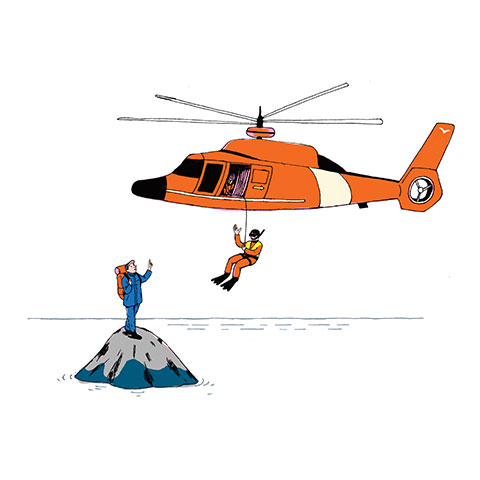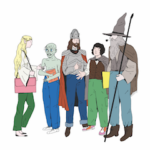
“What does a rescue look like if you’re trapped in a snow cave on a remote glacier in Alaska? Or kidnapped by rebels while kayaking the Amazon? How do you get home safe?”
While these questions might sound like the premise of the latest action-adventure blockbuster, for the outdoor enthusiasts and professionals who attended the 2017 Wilderness Risk Management Conference (WRMC), they are the daunting — and very serious — considerations they have to prepare for. And they were the focus of just one of the workshops offered during the program.
OFF THE BEATEN PATH WRMC is organized every fall by NOLS, a nonprofit, global school with a mission of teaching wilderness and leadership skills, along with environmental sustainability. At WRMC 2017, a record 574 attendees tested their wilderness readiness in workshops that ranged from infectious-disease care to planning international retreats to managing behavioral crises in remote settings. A highpoint of the conference, according to WRMC Manager Gabi Kilko-Jackson, was held off site in Portland’s Casco Bay. “We worked with the U.S. Coast Guard to run an emergency-rescue drill,” Kilko-Jackson said. “Our attendees were invited to view the Coast Guard’s floating assets and watch them perform a helicopter search-and-rescue simulation. It was super-cool.”
SPACED IN As attendance grows, WRMC organizers have had to make some creative adjustments. “Balancing the need for adequate space with the desire for a more intimate venue is always challenging,” Kilko-Jackson said. “This year we had to abandon three of our large classrooms so that we could reset for our banquet keynote dinner on the final night. We had to come up with some creative solutions to offer educational content during that time-slot. One of them included a TED Talk–like presentation in the exhibit hall that allowed us to accommodate a larger crowd.”
GREAT EXPEDITIONS Attendees were also able to participate in morning yoga, structured networking, and a guided tour of Portland. The four-day conference wrapped with a keynote that focused on diversity and inclusion in the conservation movement, with Whitney Tome, executive director of Green 2.0, discussing the important of increasing engagement from people of color and other minority groups — with the goal of making the great outdoors more accessible to everyone.



